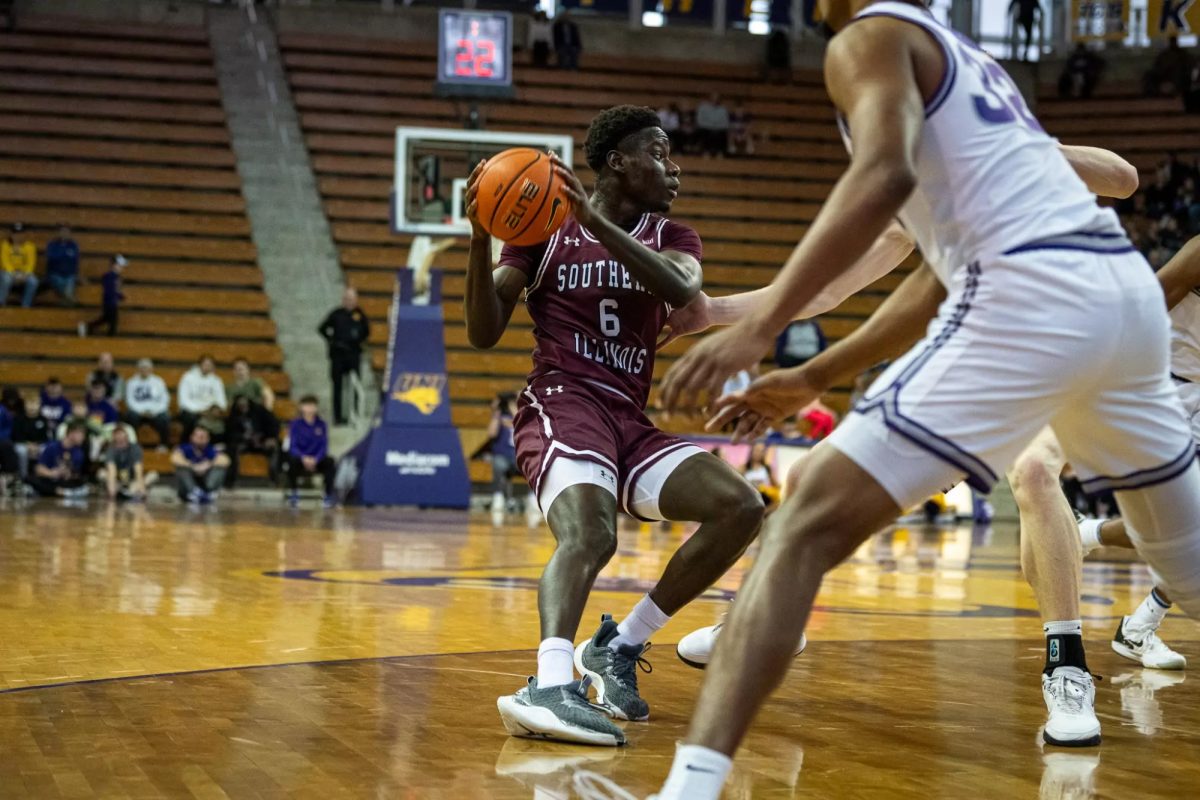Letter to the editor: We must die
February 6, 2021
The killing was seven years ago on a Monday afternoon.
On Aug. 9, 2014, Michael Brown Jr., an unarmed 18-year-old African American, was shot dead by former police officer Darren Wilson in Ferguson, Missouri.
Brown was walking down the street with his friend, not knowing it was moments before he took his last breath.
Advertisement
Lifeless, face down in his own pool of blood, on the pavement near the Canfield Green Apartments, it took four hours for investigators to remove his body from the street.
Within the black community it was seen as a public lynching.
His death was a glimpse into the harsh realities of race and justice in America.
Brown was shot just eight days before he graduated high school and according to the Washington Post, the day after this fatal encounter “he was to start at a local technical school to learn how to fix furnaces and air conditioners.”
I could have been Michael Brown. On the day of his death, Brown and I were the same age, 18 years old.
I never felt unsafe in my own neighborhood, until then. After Brown’s death, I felt as if I could be perceived as a target in the neighborhood I once felt completely safe in.
There were many images of Lezley Mcspadden, Brown’s mother, crying and mourning her son’s death.
Advertisement*
Those images are raw reminders that truly haunted me.
I imagined, “What if my mom had to bury me?”
The thought alone angered me. It was the same feeling stirred among hundreds in Ferguson and thousands nationwide.
The discord in Ferguson sparked a vigorous debate about the relationship between law enforcement officers and African Americans, the militarization of police, and the use-of-force law.
Officers used assault rifles and canine units during the protests in Missouri. It was racial imagery, reminiscent of the civil rights movement. These actions only exacerbated the issue.
The constant unrest in Ferguson was an arduous start to my senior year at McCluer North Highschool.
Classes were postponed for two weeks as hurt and anger grew in my community. Many people, including myself, were not satisfied when the grand jury declined to indict Officer Wilson.
The frustration continued when information about the investigation was slow to be released to the public. My anger turned into rage. My hope for justice, fairness and integrity in our court system was shattered.
It seems the more we talk about racism, the stronger another narrative becomes—one that paints white people as the ones who are truly oppressed.
According to the Public Religion Research Institute survey released in 2017, 54% of white Americans believe discrimination against them is on par with discrimination faced by Black people and other minorities.
This demonstrates a lack of understanding of the basic concept of racism. In this instance, there is a difference when white people who are in a position of power espouse a hatred of minorities than when it’s done the other way around.
When you’re so deeply invested in privilege, and in this case white privilege, racial equality feels like oppression.
This is why groups like Black Lives Matter are being painted as divisive and race baiting when really all they’re doing is fighting for social, economic and political equality: the power to thrive.
Similar ideals the Black Power Movement held during the revolutionary movement of the 1960s and 1970s which focused on striving for democratic socialism to meet all people’s needs, not to make profits for a few.
Stokely Carmichael (Kwame Toure) popularized the term “institutional racism”, as it originated in the operation of established and respected forces in the society, and thus receiving far less public condemnation than individual racism.
Individual racism is often identifiable because of its overt nature, institutional racism is less perceptible because of its “less overt, far more subtle” nature.
These racial inequalities being produced through routine institutional practices, regardless of intentionality, are rooted in the historical process of racialized and classed exclusion.
Economics commands politics and politics commands social techniques, meaning wealth has been accumulated for some to have power and influence.
Understanding this fact is instrumental when trying to navigate through a capitalist system. However, it feels that a Black man is given only the slightest chance to succeed.
Society fears a Black man who has knowledge of himself, is conscious of the world around him and the condition of his people.
Police murdered Fred Hampton and Mark Clark.
At the time, Hampton led the Illinois Chapter of the Black Panther Party (BPP) and played an active role in his local branch of the NAACP.
Clark, known for founding the Black Panther’s free breakfast program for Black residents, also dedicated his life to revolutionary change and reform for our people.
A massive cover up ensued with the police lying about what happened that night, saying there was a shootout. The FBI and COINTELPRO hid their involvement in the raid.
There was so much done to take down a man who just wanted to see people of all colors live in peace.
Black people endure the pain of death even when we are physically still alive. The intensity of our pain goes unvented. All of the pain, frustration, humiliation, and bottled up, unexpressed, centuries of pure anger have been passed onto the present generation of young Black men and women.
Hate is just fear untamed and time is nothing without change. If we must die, let it be our ego. If we must die, let it be our lies for we must live in truth. Get rid of the toxic ego and operate in the spirit of love, peace and joy.
A call for oneness is most needed today.
Advertisement








